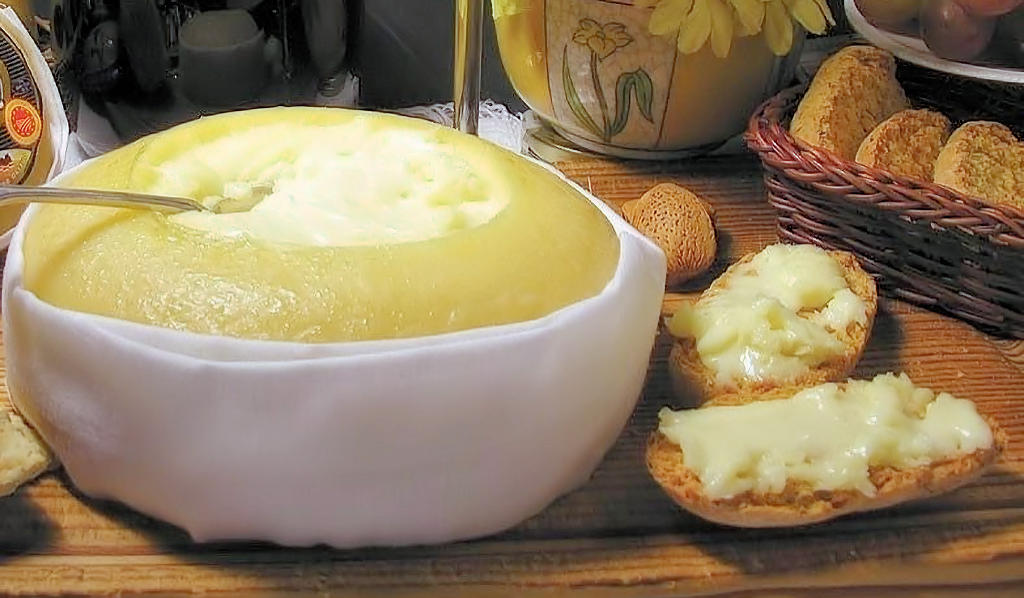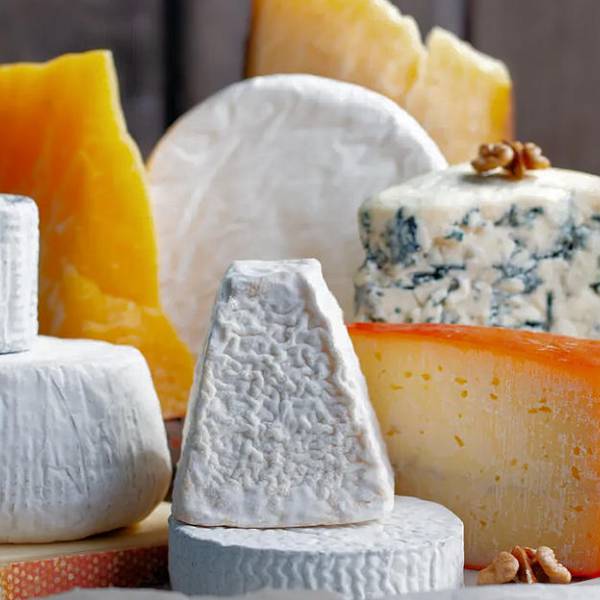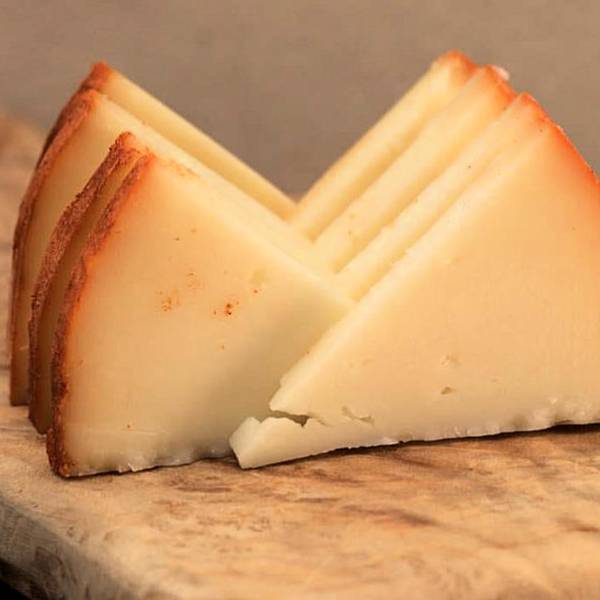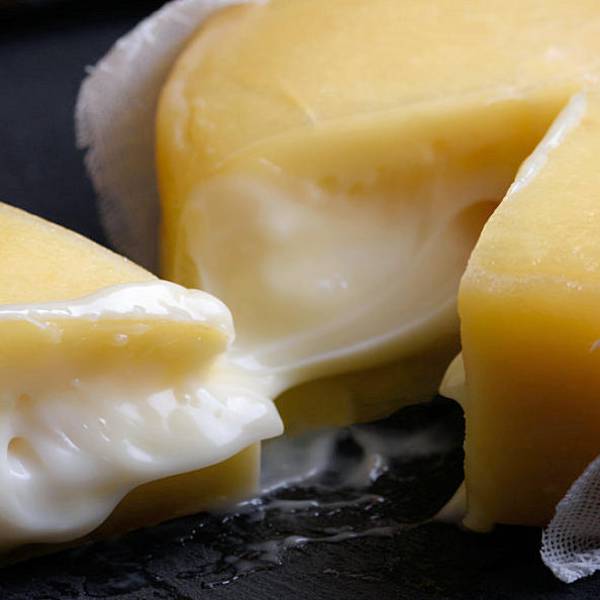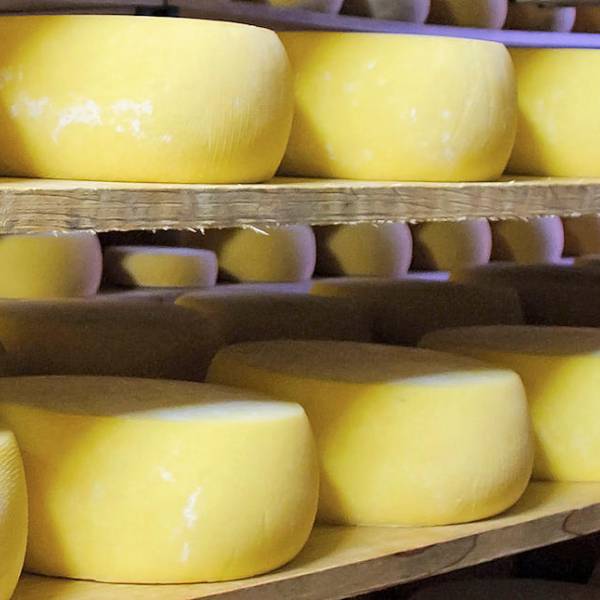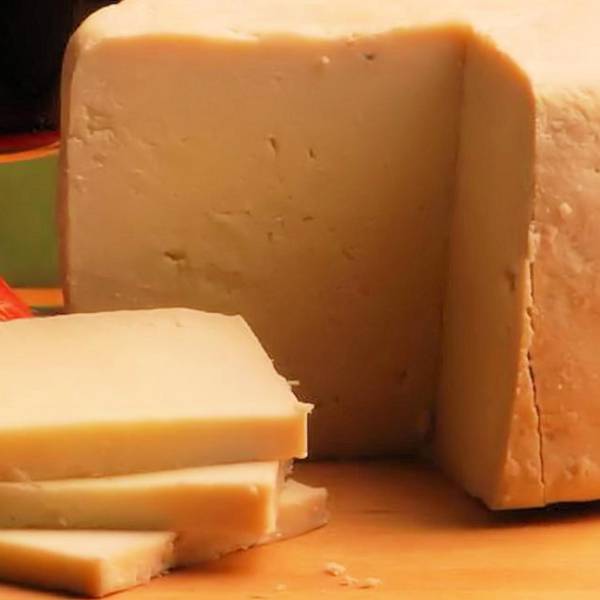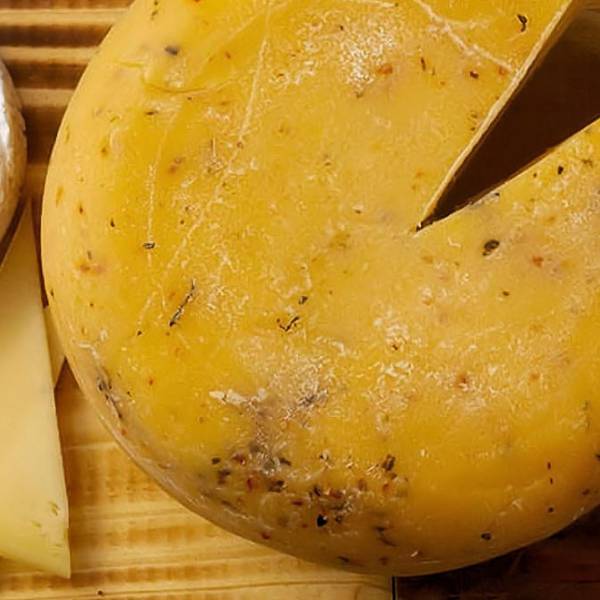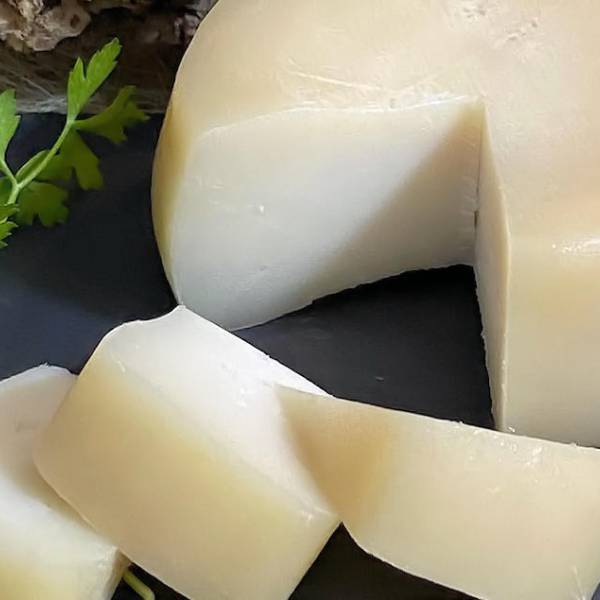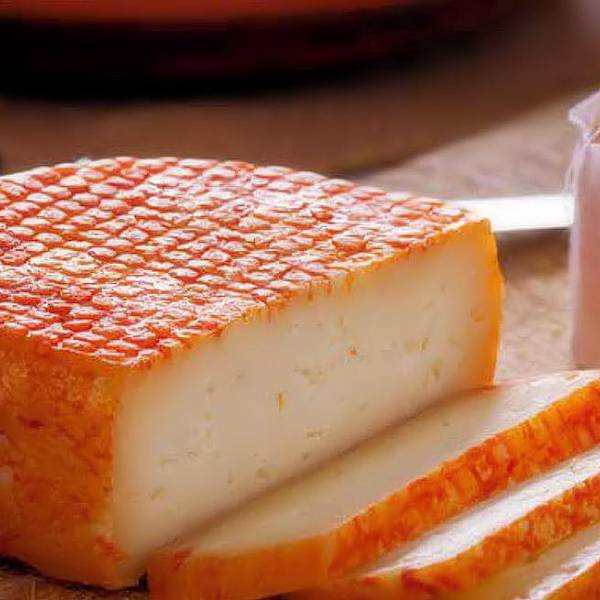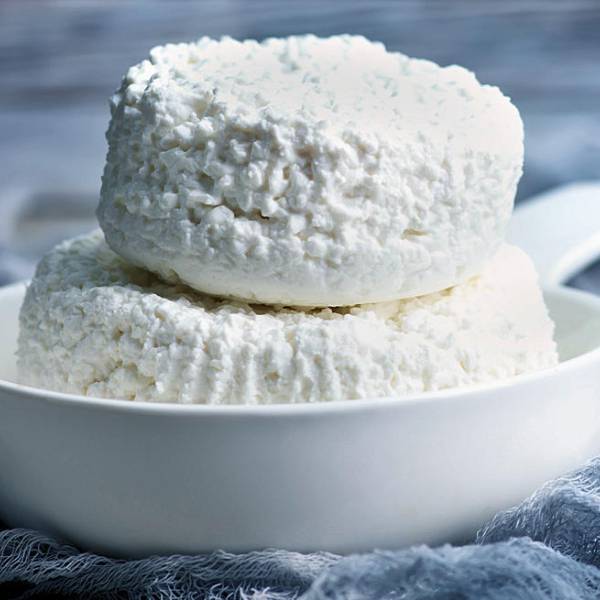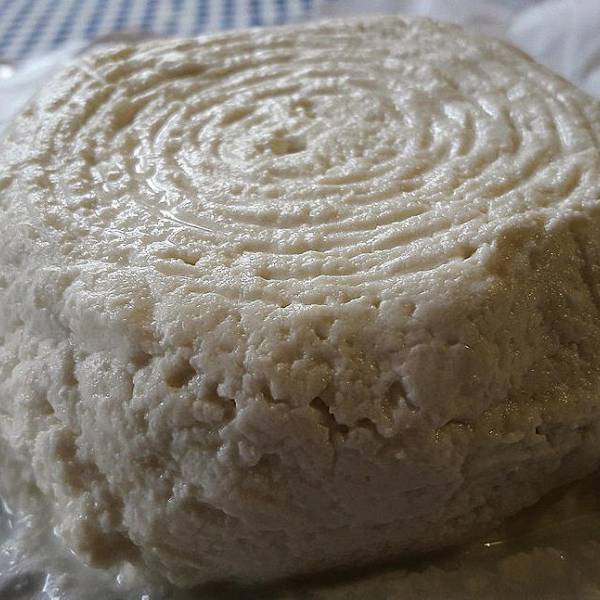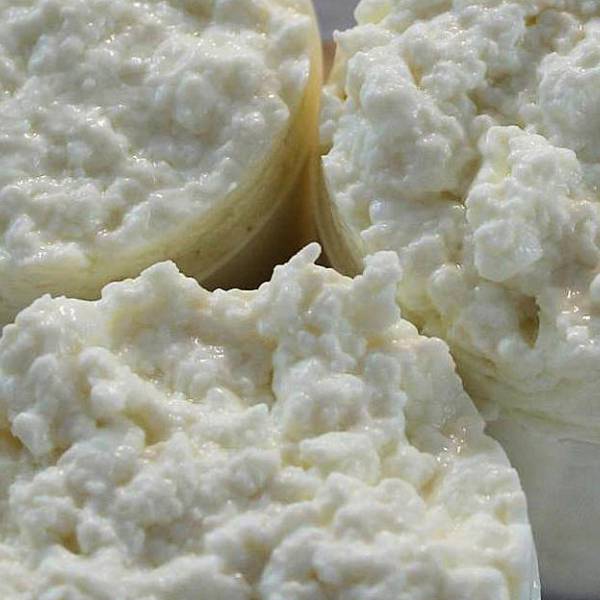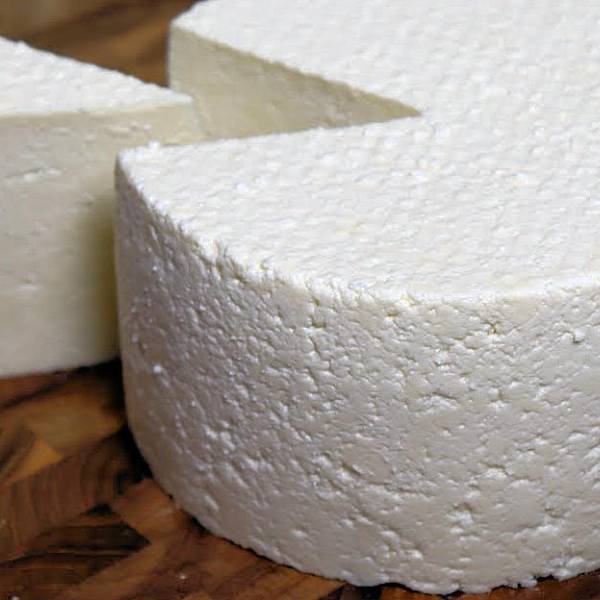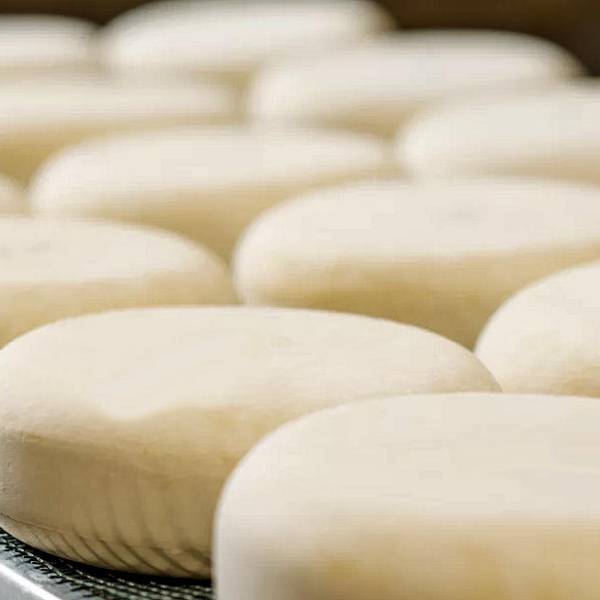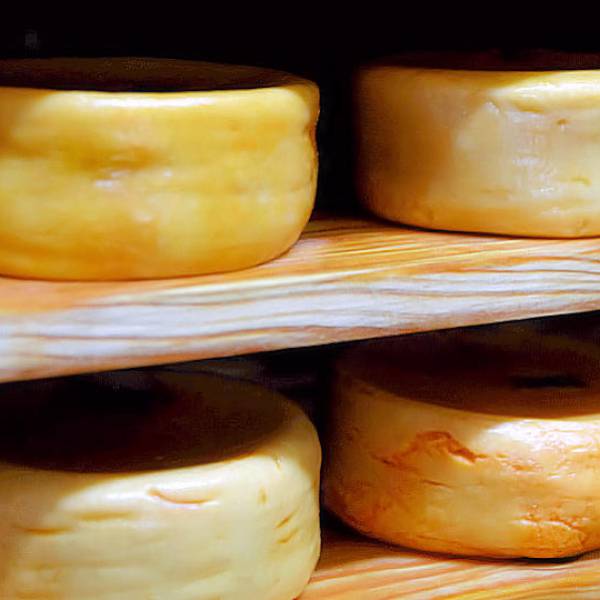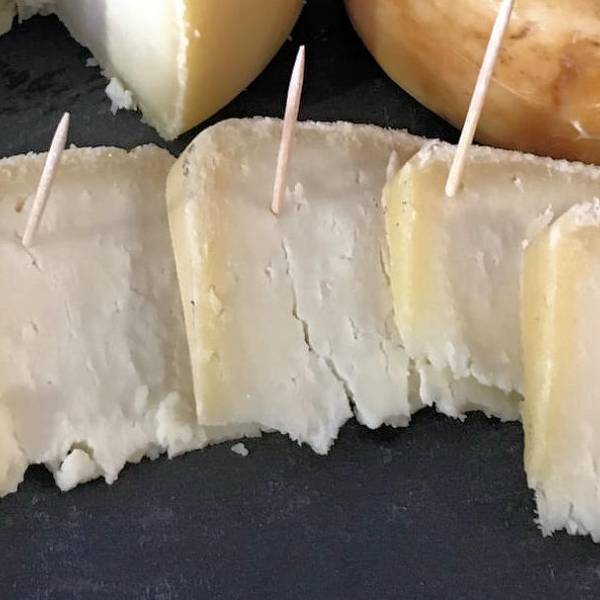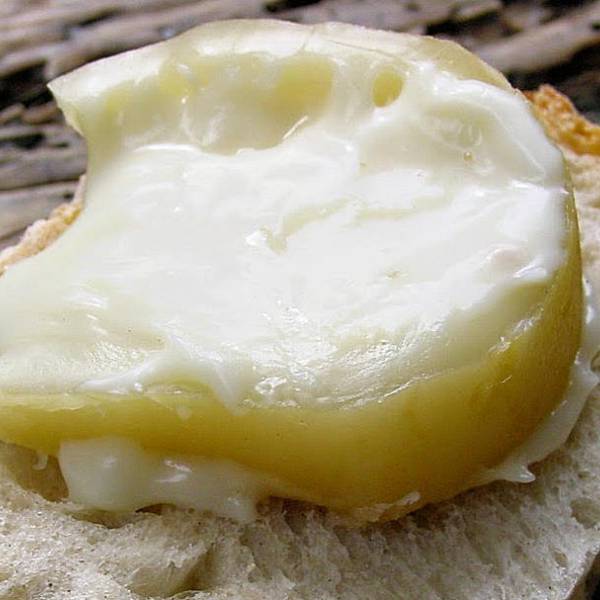Traditional production of Queijo Serpa was closely intertwined with the seasonal cycle of sheep farming. The cheese-making process took place between November and June, coinciding with the time when sheep produced abundant and flavorsome milk. The cheese was then carefully stored in cool and humid cellars, allowing it to mature to perfection over at least 30 days. It became a staple during festive occasions, including Easter, Christmas, and weddings, and continued to be enjoyed throughout the year.
The production of Queijo Serpa was influenced not only by the agricultural patterns but also by the historical and social context of the Alentejo region. In an area known for its isolation and limited resources, the local community relied on their ingenuity and creativity to survive. Cheese-making emerged as a means to preserve and add value to the precious milk, which would otherwise spoil quickly in the region's hot climate. The use of a natural coagulant derived from a local thistle plant was a result of necessity, as animal rennet was scarce and costly. This distinctive ingredient not only contributed to the cheese's unique flavor and aroma but also set it apart from other cheeses.
Moreover, Queijo Serpa symbolized the cultural identity and resilience of the people of Serpa, who resisted the pressures of centralization and homogenization imposed by successive governments. The cheese became a powerful symbol of their autonomy, resistance, and pride. In recognition of its cultural significance, Queijo Serpa was granted the prestigious status of Protected Designation of Origin (PDO) by the Portuguese government in 1987. This designation outlined the specific production area, methods, and characteristics that make Queijo Serpa an exceptional cheese. In 1996, the European Union further acknowledged its excellence by recognizing Queijo Serpa as one of the finest cheeses in Europe.
The production process of Queijo Serpa adheres to strict rules and traditions, ensuring its unrivaled quality and authenticity. The cheese is made exclusively from raw sheep's milk sourced from carefully selected breeds, such as Merino or Churra Algarvia, which graze freely on the bountiful pastures of the Alentejo. To begin the cheese-making process, the milk is heated to around 30°C and combined with an infusion of dried thistle leaves, which acts as a natural coagulant. The resulting curd is delicately cut into small pieces and placed into round molds lined with muslin cloth. Gentle pressure is applied to drain the whey, and the molds are periodically turned to ensure a uniform shape. Afterward, the cheeses are either salted by hand or immersed in brine for a few hours.
The next step is the maturation phase, during which the cheeses are transferred to specialized rooms. Here, they are carefully maintained at a temperature of 10-14°C and a humidity level of 80-90% for a minimum of 30 days. Throughout this period, the cheeses are regularly turned and meticulously rubbed to develop a thin and malleable rind that shields them from external elements. Depending on the specific type of thistle used, the rind may exhibit shades of yellowish-brown or reddish-brown. The paste of Queijo Serpa is semi-soft and buttery, adorned with small irregularly-distributed holes. Initially presenting a yellowish-white color, the cheese can darken with age. The flavor profile is intense and multifaceted, featuring hints of nuts, herbs, and flowers. The ripening time and the specific type of thistle utilized determine whether the cheese exhibits a mild or spicy character.
Lisbon.vip Recommends
The sublime flavors of Queijo Serpa can be further elevated by pairing it with suitable beverages that enhance its taste and provide a delightful contrast. It harmonizes beautifully with white or red wines from the Alentejo region, such as Antão Vaz, Arinto, Trincadeira, or Aragonez. Fortified wines like Port or Madeira, as well as sparkling wines such as Espumante or Cava, also make excellent companions to Queijo Serpa. For those seeking a more adventurous pairing, it can be explored alongside beers like Pilsner, Pale Ale, or Stout.
Queijo Serpa stands as a testament to the rich history, vibrant culture, and exceptional gastronomy of the Alentejo region and Portugal as a whole. It represents the culmination of centuries of dedication and expertise passed down through generations of skilled local producers. This extraordinary cheese offers a unique sensory experience that deserves to be celebrated and enjoyed by cheese lovers around the world. With every bite, Queijo Serpa invites you to savor the flavors of a region and embark on a culinary journey like no other.


